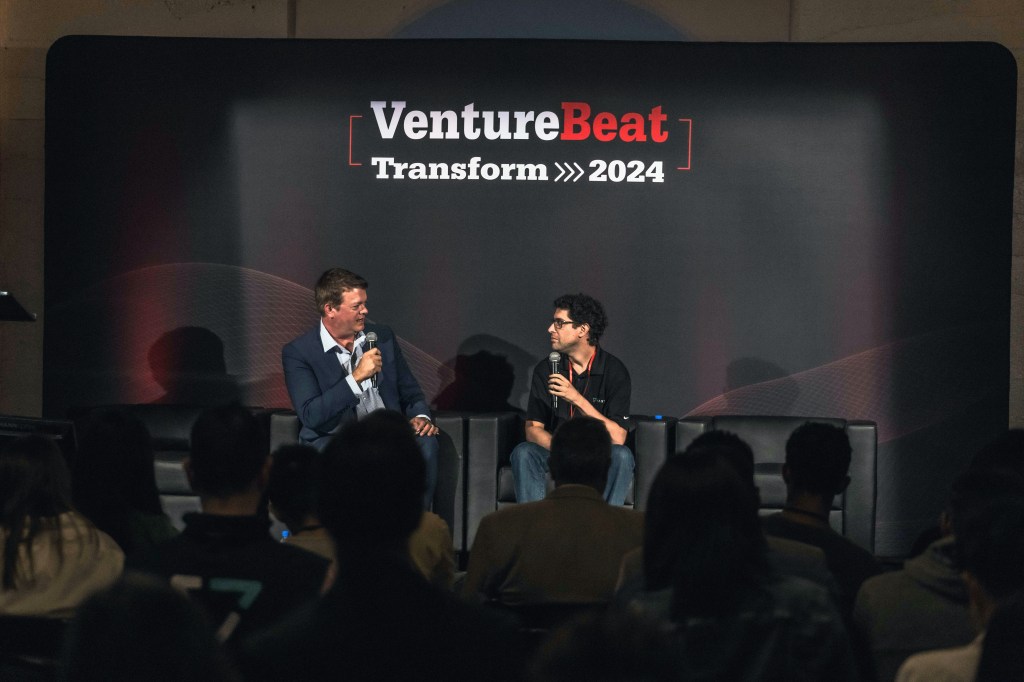
At VentureBeat’s Transform 2024 conference yesterday, VAST Data Founder and CEO Renen Hallak shared insights into the company’s approach to AI infrastructure, offering a glimpse into the future of enterprise AI systems.
Hallak introduced VAST Data’s concept of a global operating system for AI, designed to address the growing complexities of data management and AI deployment across geographies and organizations. This system comprises three key components: the VAST Data Store, the VAST Database and the VAST Data Engine.
VAST Data has been making significant strides in the AI infrastructure space. In Dec. 2023, the company raised $118 million in a Series E funding round, led by Fidelity Management & Research Company. This investment catapulted VAST Data’s valuation to $9.1 billion, nearly tripling its previous valuation of $3.7 billion since 2021.
The VAST Data Store tackles unstructured data storage, providing file and object access for large-scale information from various sources such as images, video, audio and genomic data. As Hallak explained on stage, “It gives you file access, object access, a lot of large pieces of information… natural information that comes from the natural world.”
Register to access VB Transform On-Demand
In-person passes for VB Transform 2024 are now sold out! Don’t miss outâregister now for exclusive on-demand access available after the conference.
Building on this foundation, the VAST Database enables SQL querying of metadata generated from AI inferences on the stored data. This allows organizations to extract meaningful insights from their immense data repositories efficiently.
The third component, the VAST Data Engine, brings the system to life by triggering functions based on incoming data. Hallak illustrated this with an example: “A genomics file comes in, we run it through that inference function to understand which genes are in which mutations, and then that triggers more functions as we get a better and better understanding of the underlying natural universe.”
This integrated approach addresses a key challenge highlighted in VentureBeat’s recent analysis of the AI tech stack: the need for comprehensive, end-to-end solutions that simplify AI infrastructure and streamline operations. VAST Data’s global operating system aims to provide a unified platform that can handle data management, AI processing and analytics across diverse environments.
Hallak emphasized the importance of vertical integration in this system, allowing for intelligent scheduling based on both time and space constraints. “If you have data centers across the world, you don’t want to be moving that information across the ocean. You want to schedule those serverless functions close to where their data is,” he explained.
This capability aligns with the growing trend towards semantic layers and data fabrics in enterprise AI infrastructure. By creating a unified namespace across geographies, VAST Data’s system promises to simplify data access and processing, potentially unlocking new AI use cases and capabilities.
Addressing concerns about data quality and governance, Hallak stressed that VAST Data’s platform provides tools for smart tagging, anonymization, and metadata management. These features enable enterprises to maintain control over their data while leveraging AI capabilities at scale.
VAST Data’s approach also tackles the challenge of integrating AI systems with existing enterprise infrastructure. The platform can connect to data where it resides, eliminating the need for extensive data migration. This flexibility could prove crucial for organizations looking to adopt AI without overhauling their entire data architecture.
Looking to the future, Hallak sees VAST Data’s role as building towards where the industry will be in four to five years. This forward-thinking approach positions the company to address emerging challenges in AI infrastructure, such as the need for increased security, multi-tenancy and quality of service in enterprise environments.
Author: Bryson Masse
Source: Venturebeat
Reviewed By: Editorial Team



